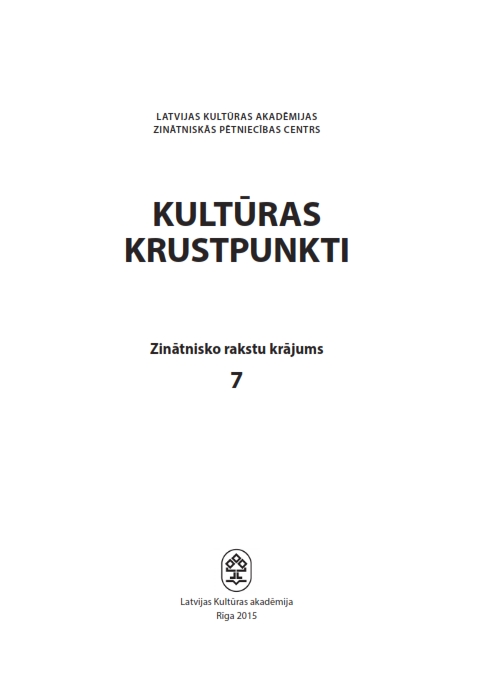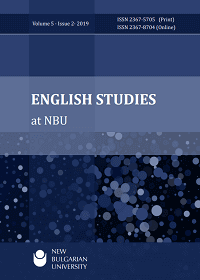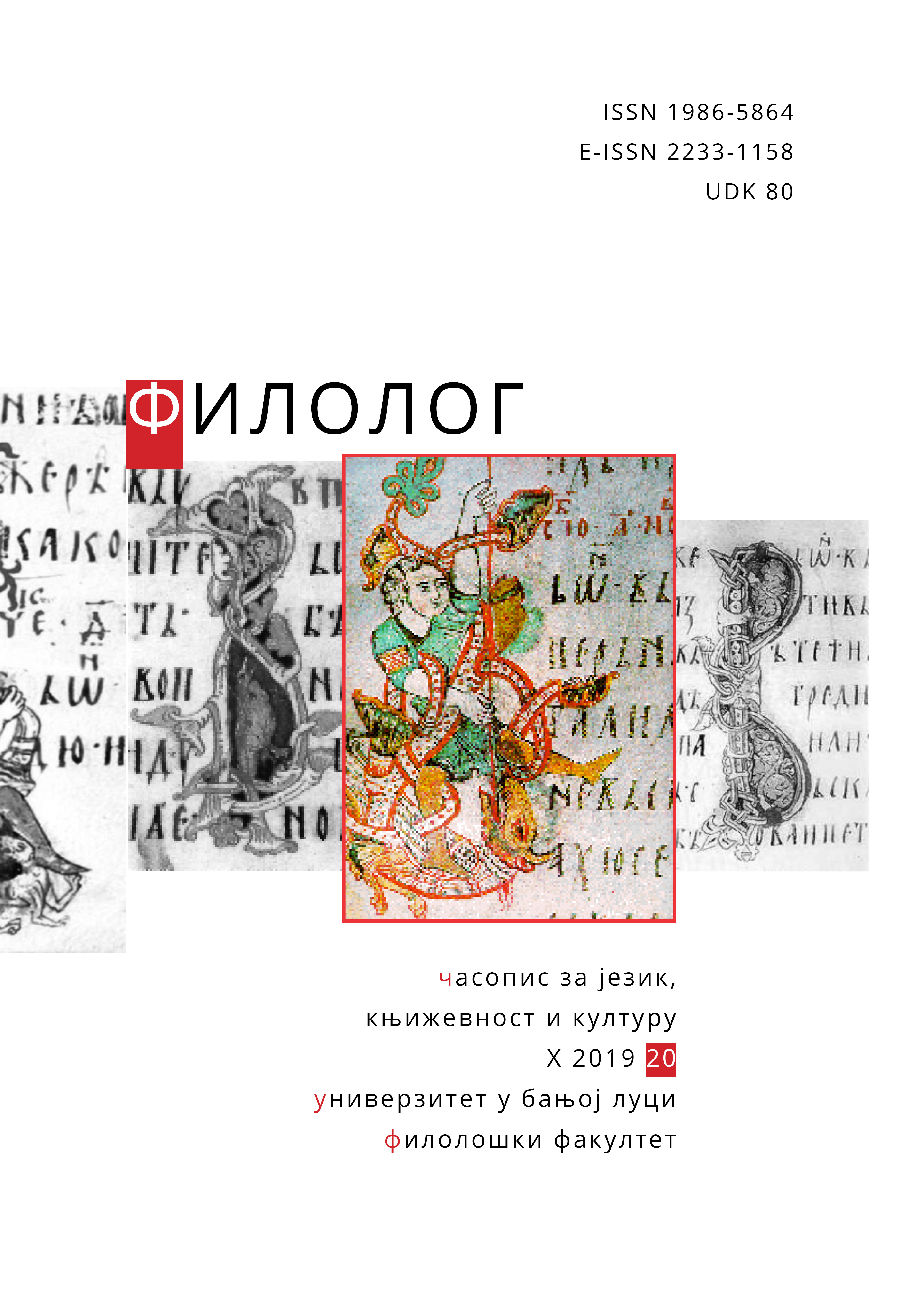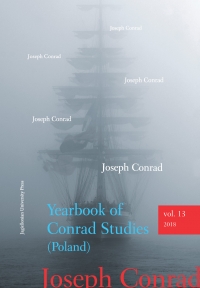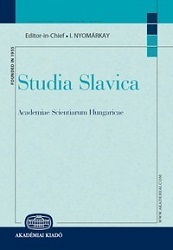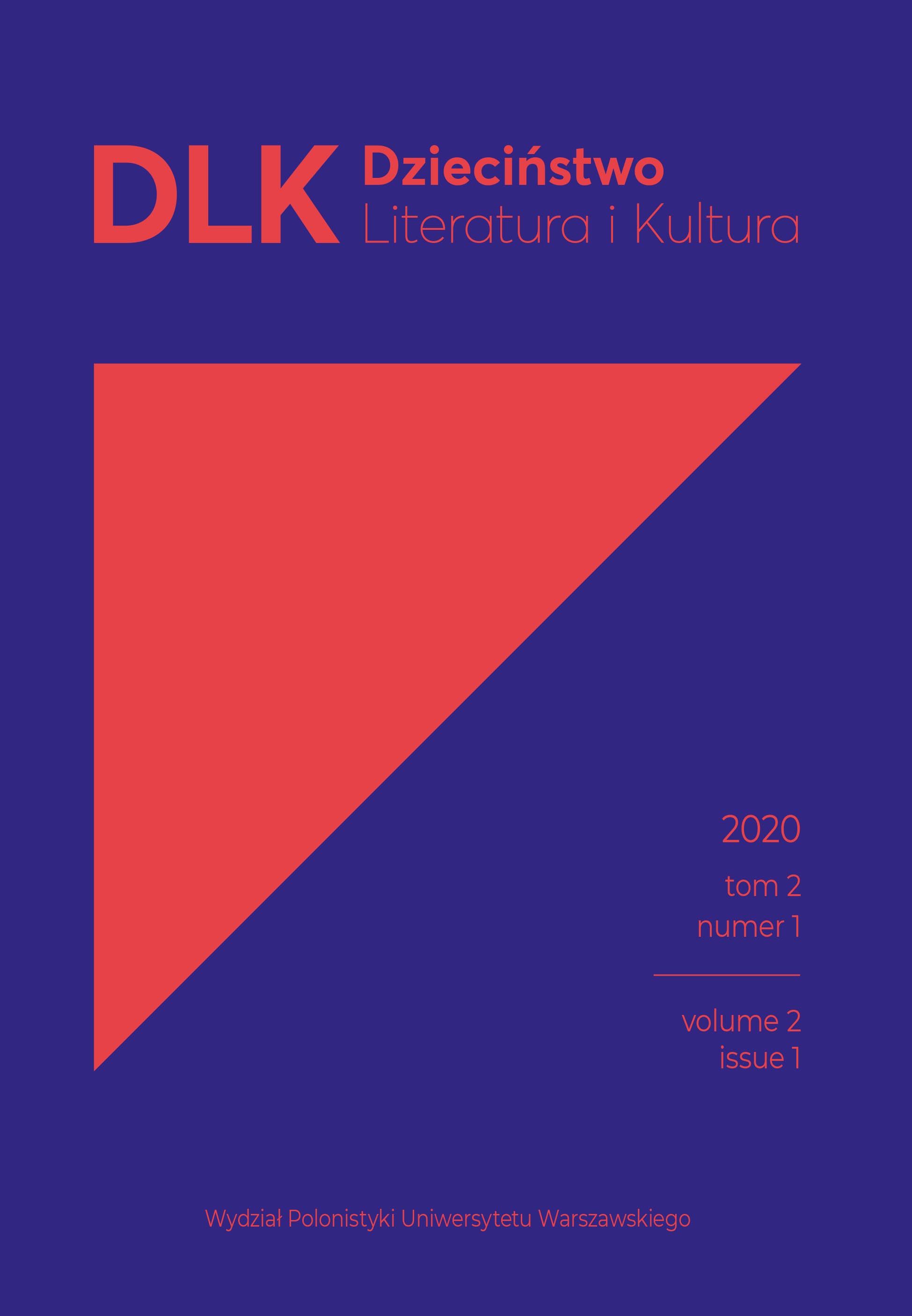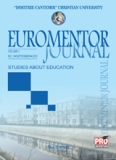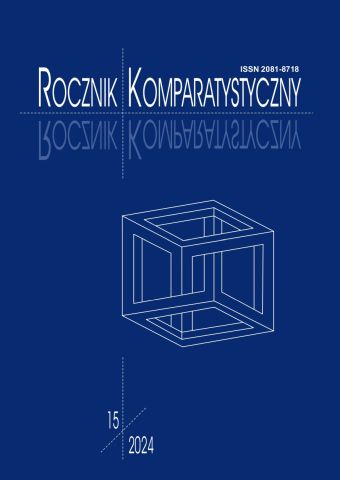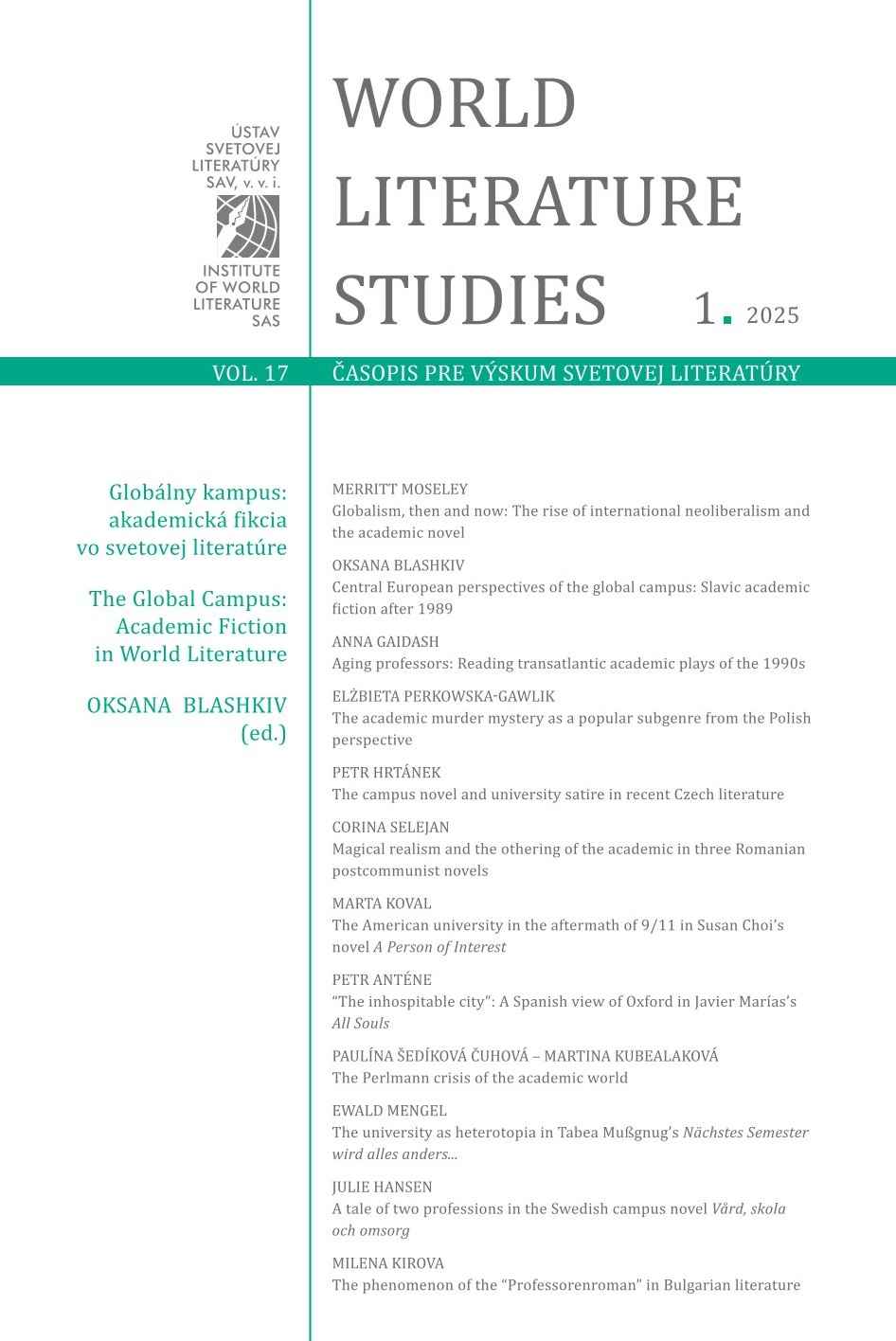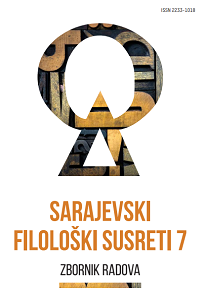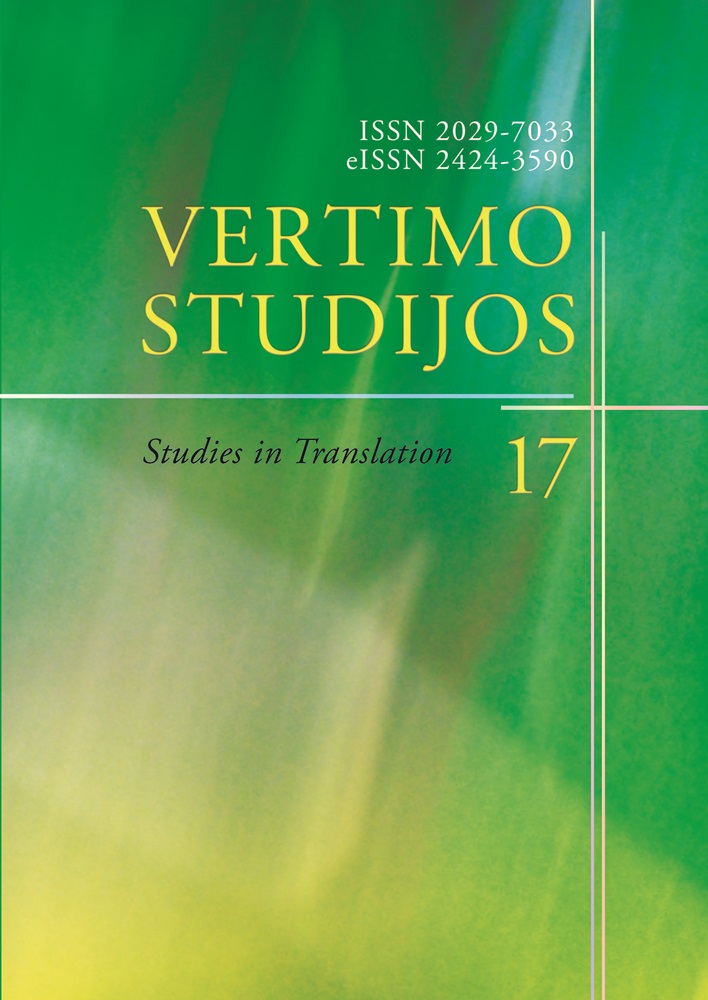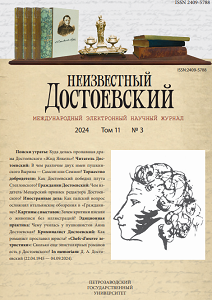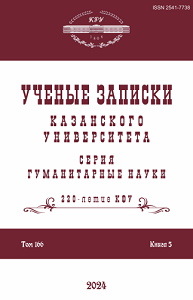Author(s): Irina Svyatoslavovna Andrianova / Language(s): English
Issue: 1/2019
What brings together Daniel Defoe, Charles Dickens, Vsevolod Krestovsky, Nikolai Chernyshevsky, Fyodor Dostoevsky, Аlexander Kuprin, George Bernard Shaw, and Аstrid Lindgren, i.e. writers from different countries and belonging to different epochs? In their creative work, they all used stenography, or rapid writing, permitting a person to listen to true speech and record it simultaneously. This paper discloses the role of stenography in literary activities of European and Russian writers in the 19th and early 20th centuries. Some researchers believe that the first ties between shorthand and literature appeared in the days of Shakespeare when the playwright’s competitors used shorthand to put down the texts of his plays. Others have convincingly refuted this viewpoint, proving that such records never existed. The most famous English novelist in the 17th and 18th centuries Daniel Defoe can be considered one of the first writers who used shorthand in his literary work. The writers mastering the art of shorthand writing such as Defoe, Dickens, and Lindgren were popular in various professional spheres (among others, the secret service, journalism, and secretarial service) where they successfully applied their skills in shorthand writing. Stenography was an integral part of a creative process of the authors who resorted to it (Dostoevsky, Krestovsky, Shaw, and Lindgren). It economized their time and efforts, saved them from poverty and from the terms of enslavement stipulated in the contracts between writers and publishers. It is mainly thanks to stenography that their works became renowned all over the world. If Charles Dickens called himself “the best writer-stenographer” of the 19th century, F. M. Dostoevsky became a great admirer of the “high art” of shorthand. He was the second writer in Russia (following V. Krestovsky), who applied shorthand writing in his literary work but the only one in the world literature for whom stenography became something more than just shorthand. This art modified and enriched the model of his creative process not for a while but for life, and it had an influence on the poetics of his novels and the story A Gentle Creature, and led to changes in the writer’s private life. In the course of the years of the marriage of Dostoevsky and his stenographer Anna Snitkina, the author’s artistic talent came to the peak. The largest and most important part of his literary writings was created in that period. As a matter of fact, having become the “photograph” of live speech two centuries ago, shorthand made a revolution in the world, and became art and science for people. However, its history did not turn to be everlasting. In the 21st century, the art of shorthand writing is on the edge of disappearing and in deep crisis. The author of the paper touches upon the problem of revival of social interest in stenography and its maintenance as an art. Archival collections in Europe and Russia contain numerous documents written in shorthand by means of various shorthand systems. If humanity does not study shorthand and loses the ability to read verbatim records, the content of these documents will be hidden for us forever.
More...
